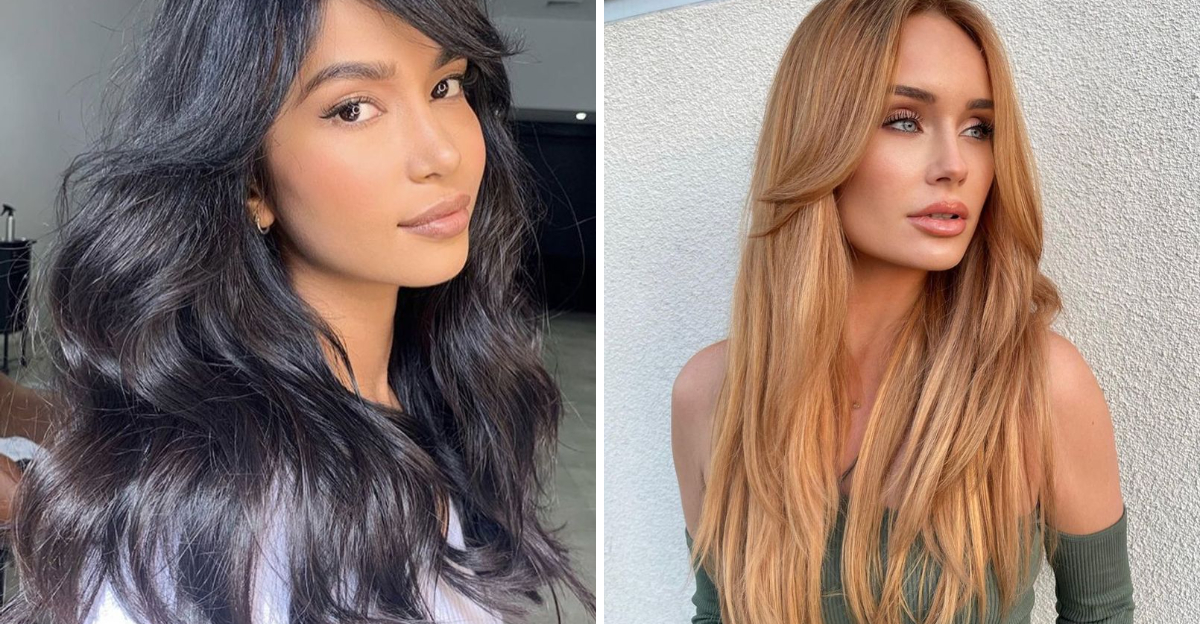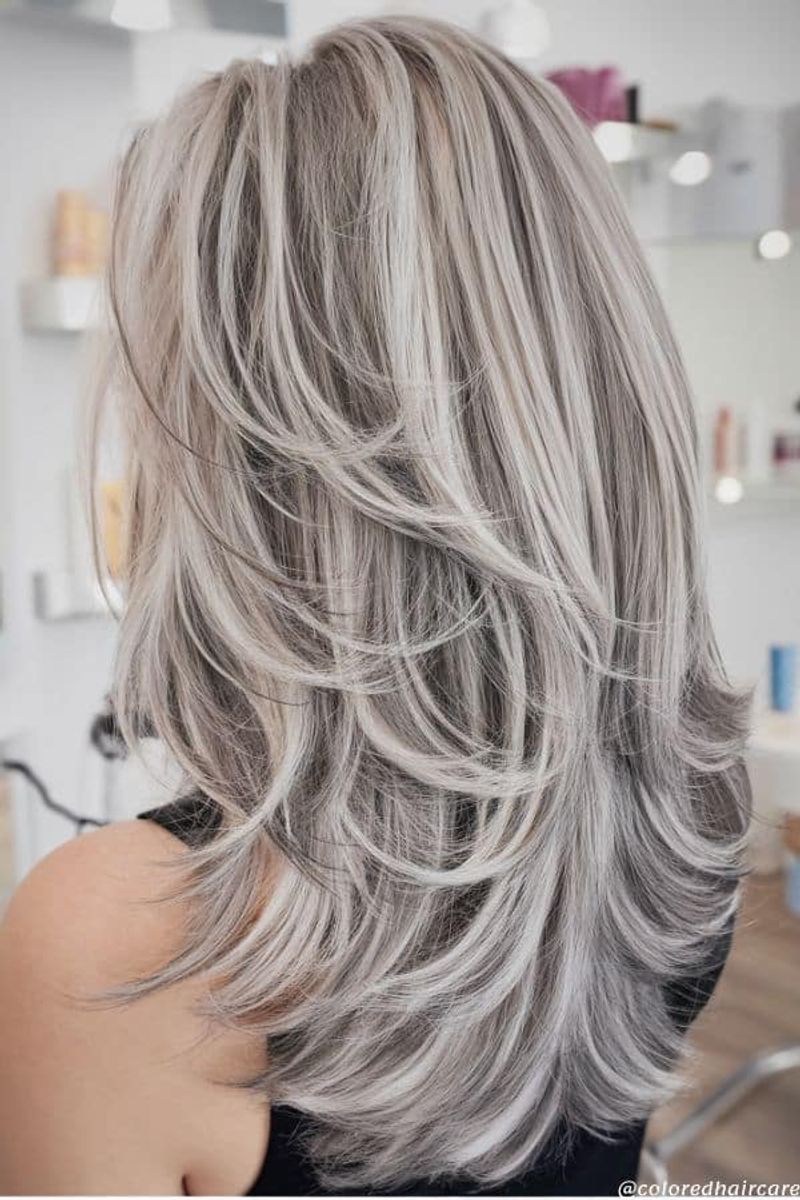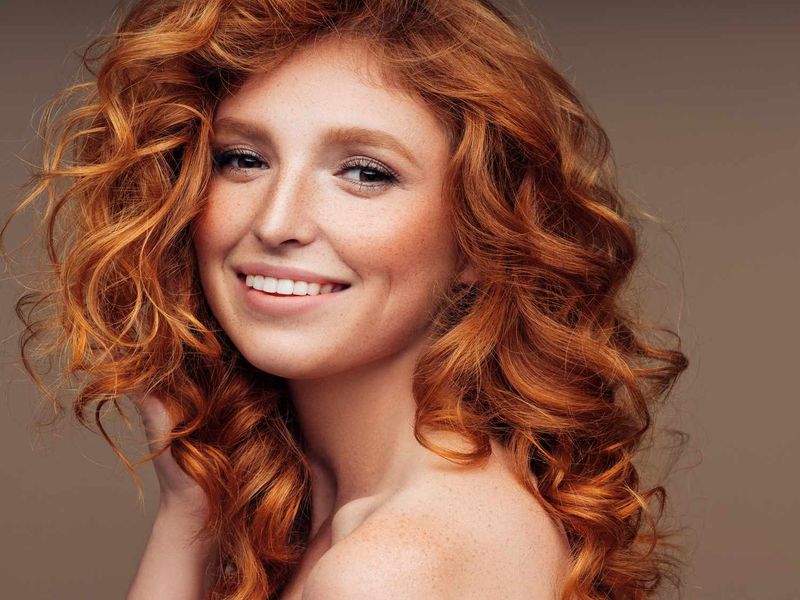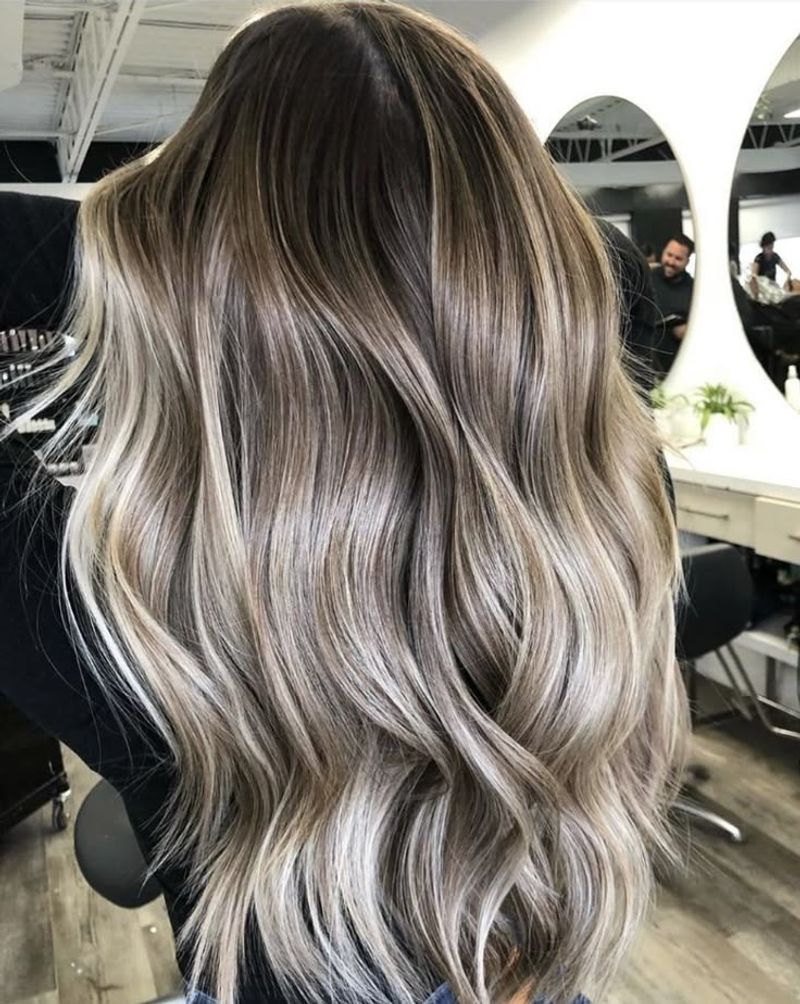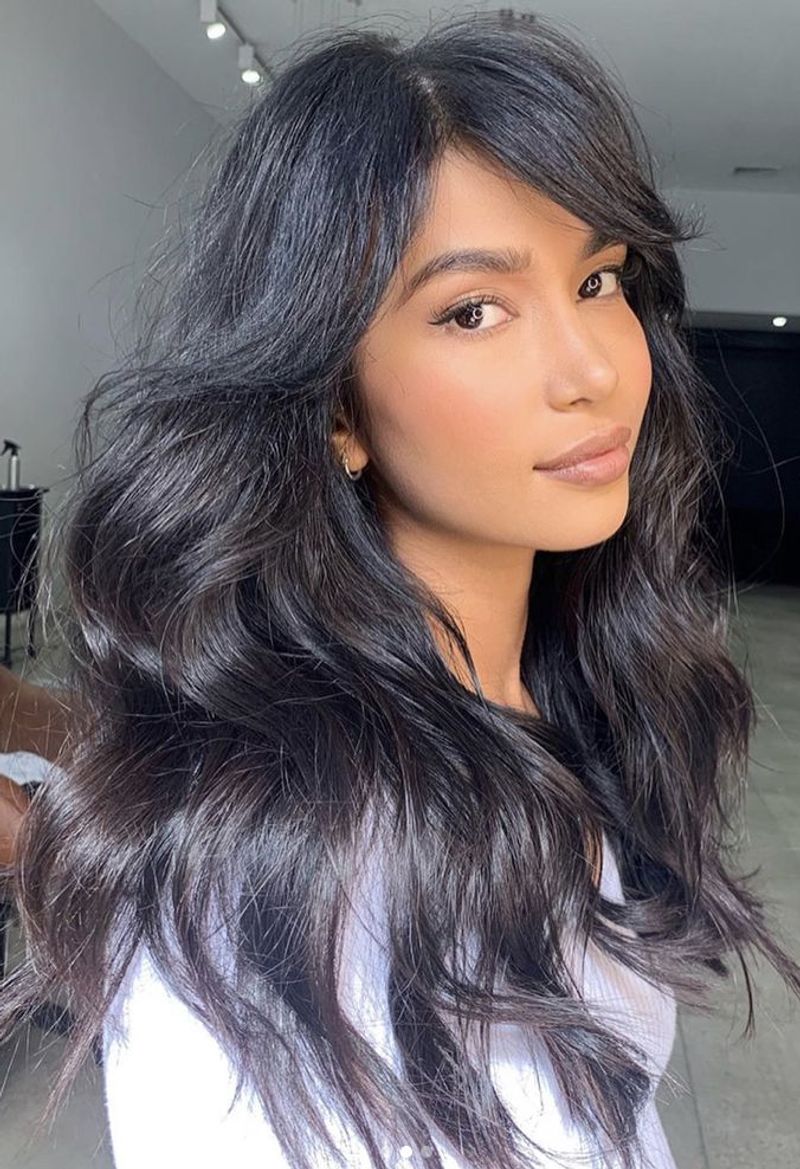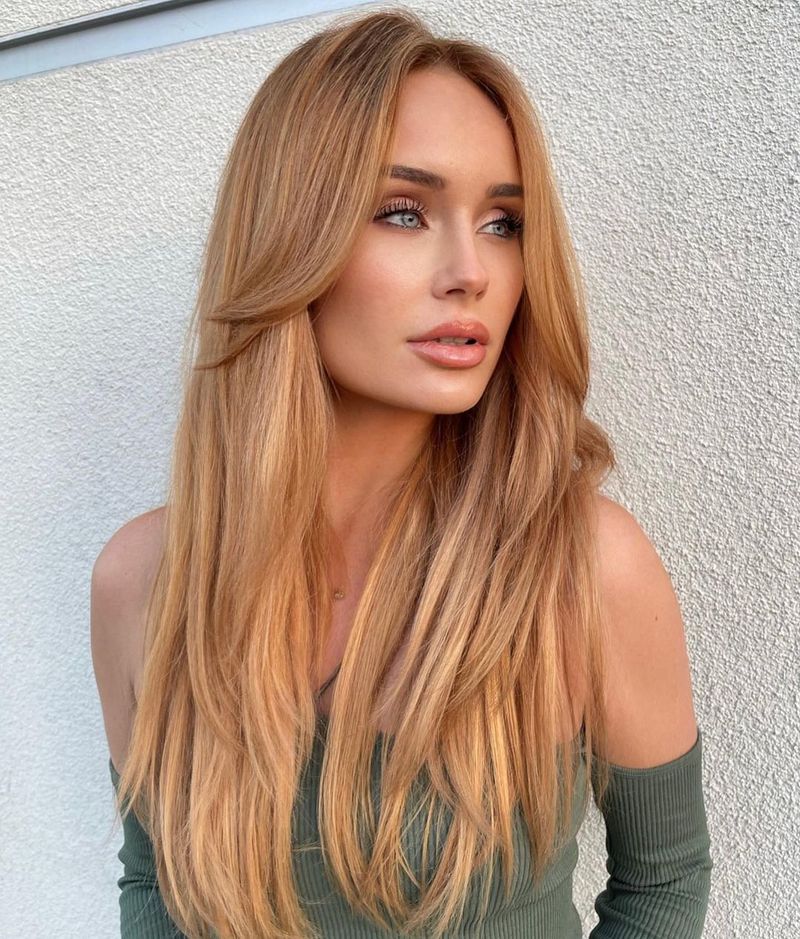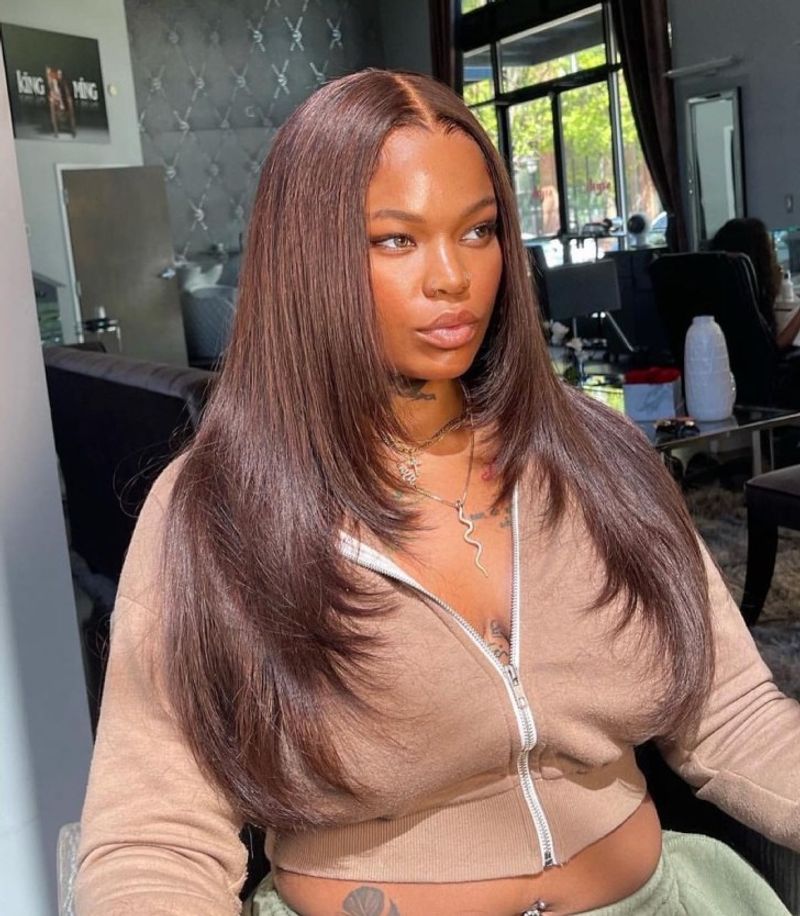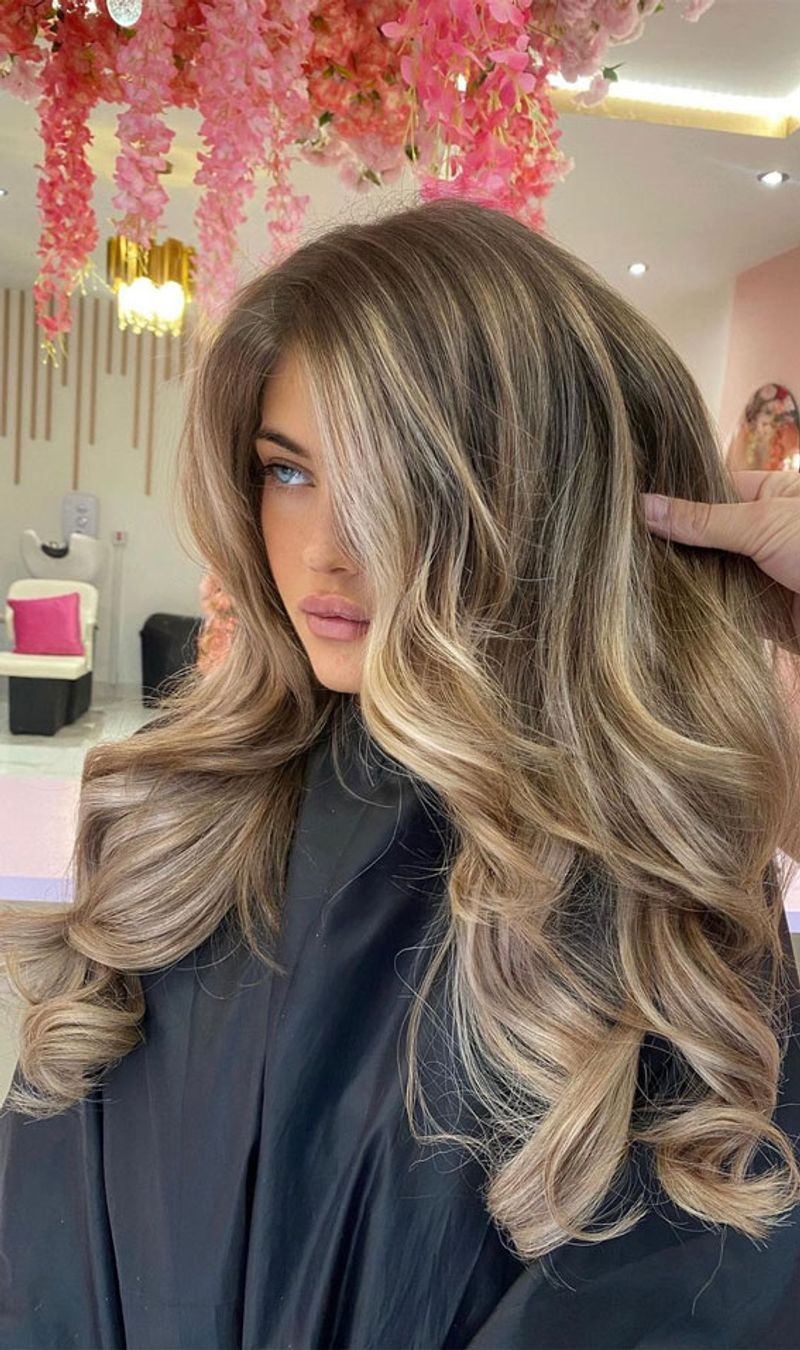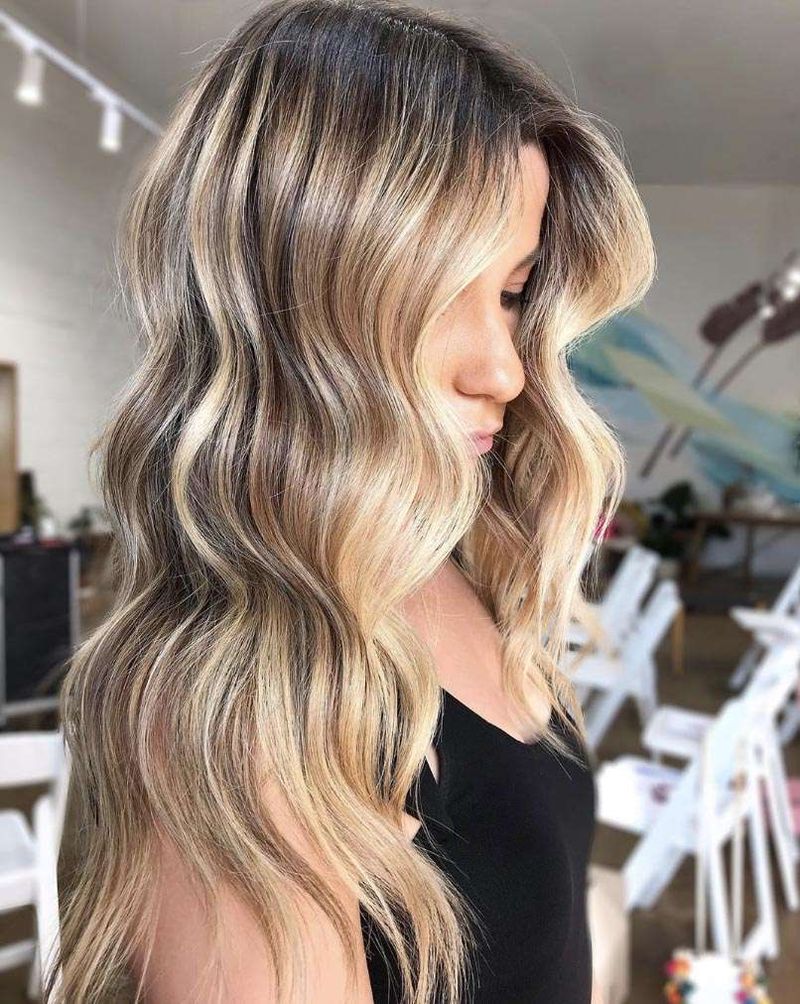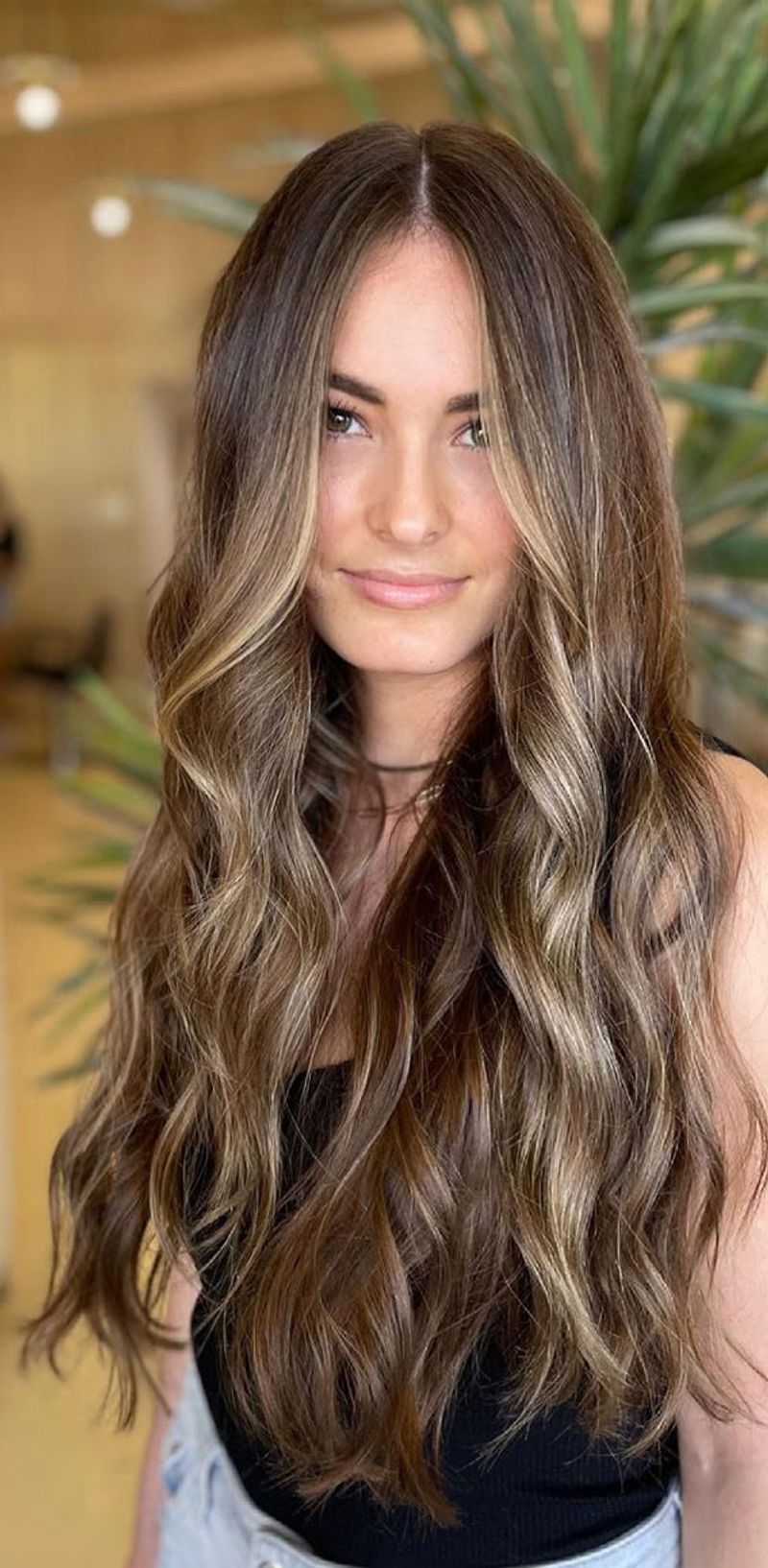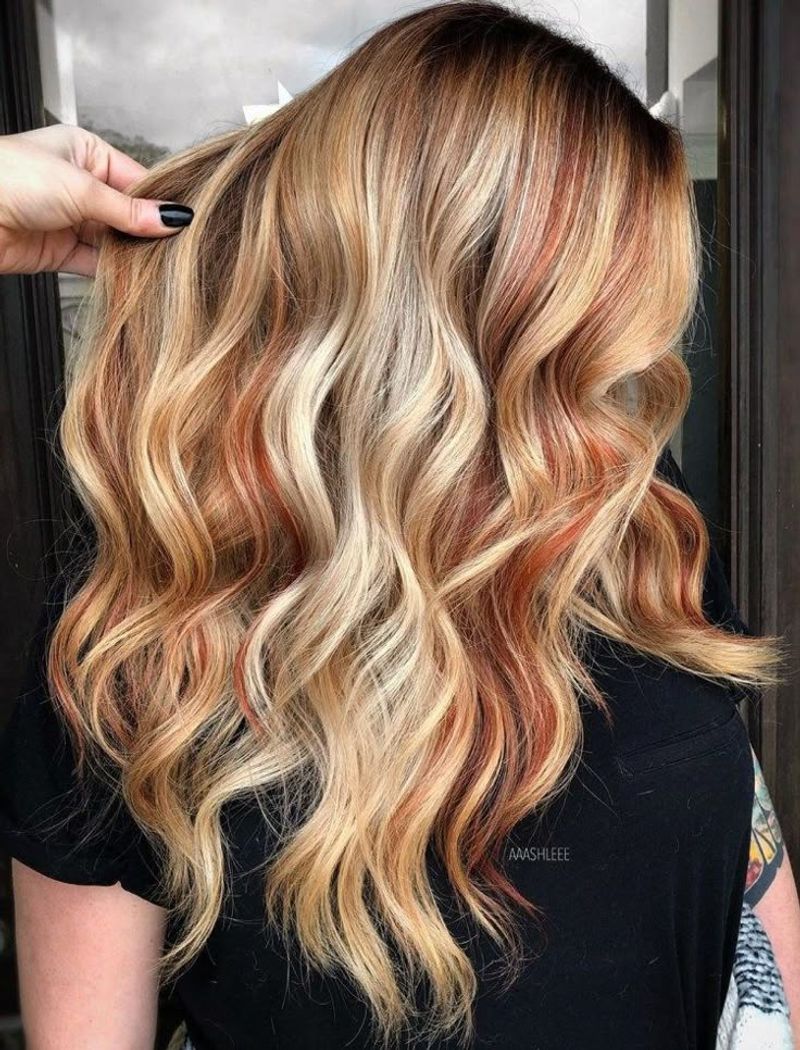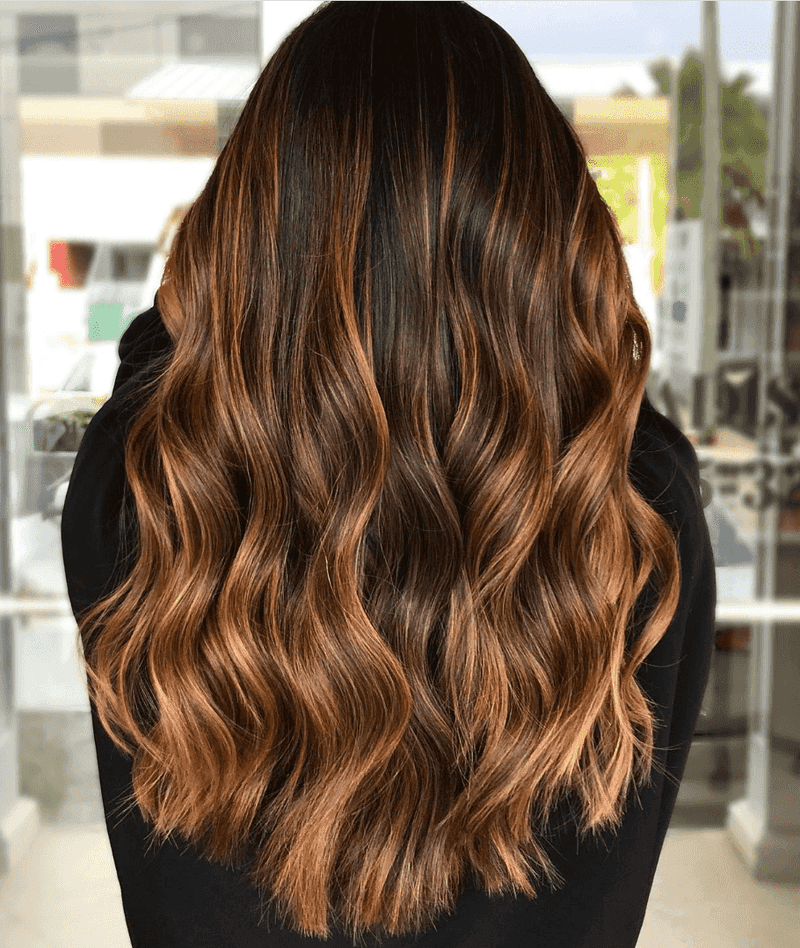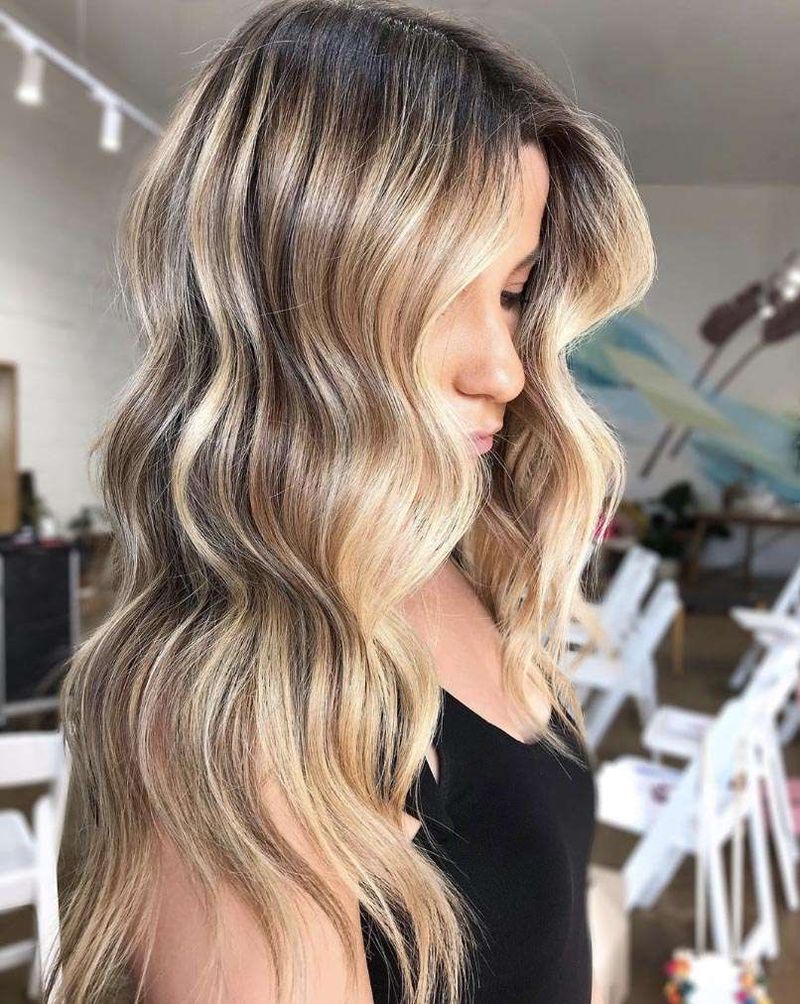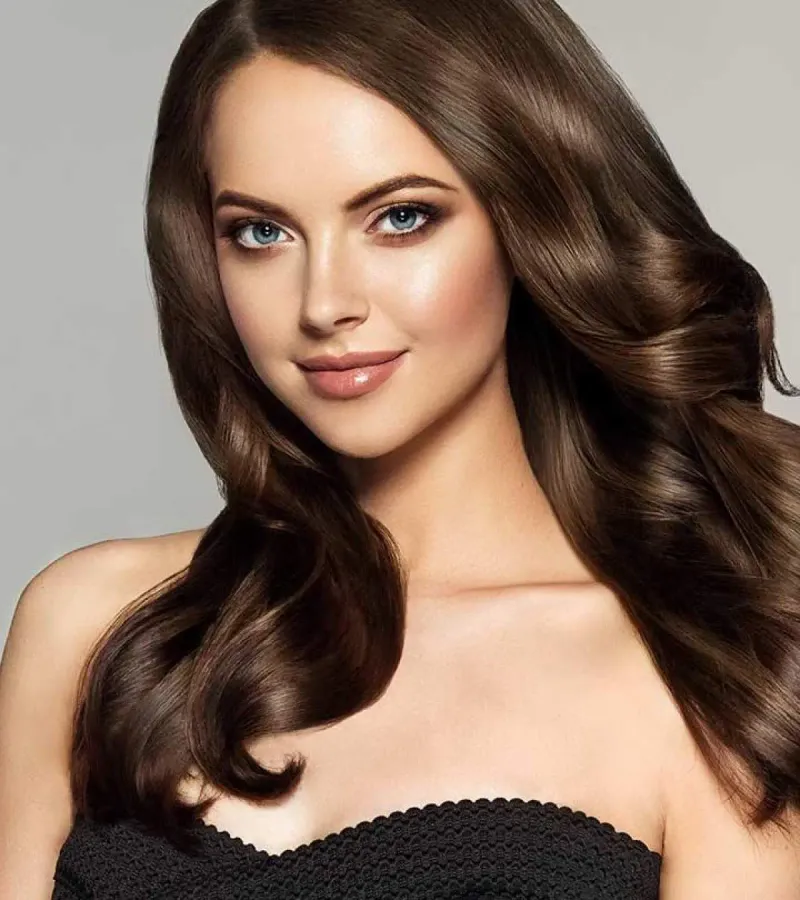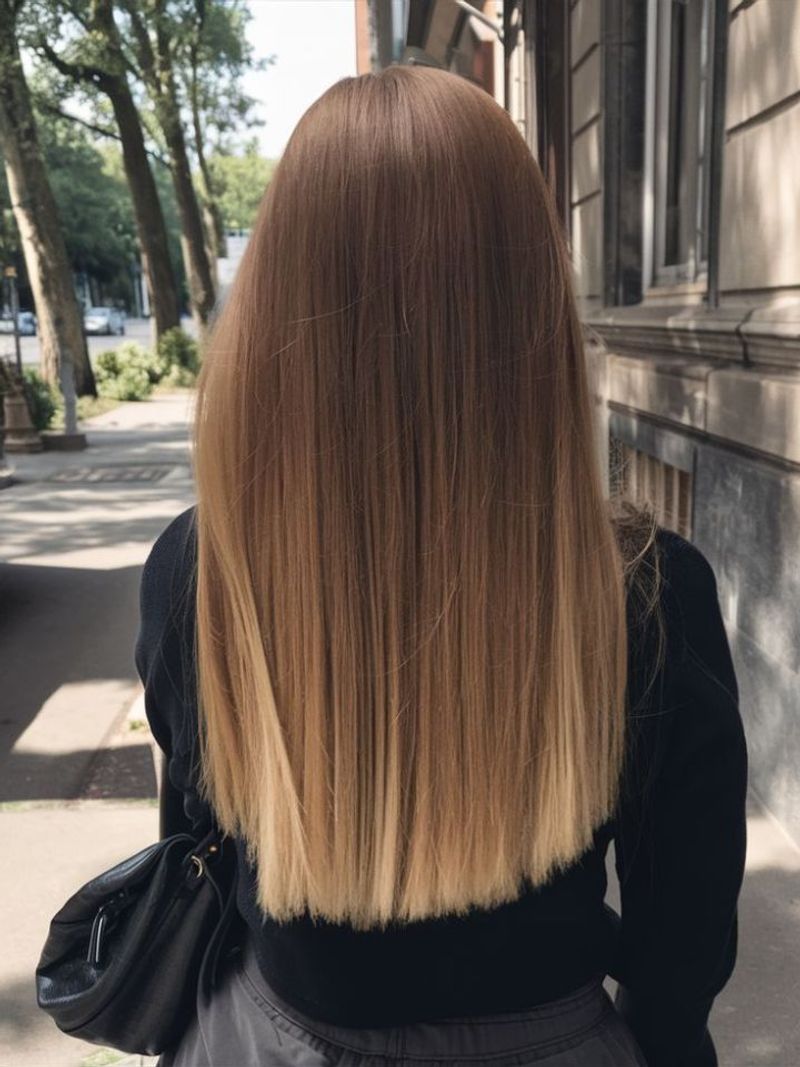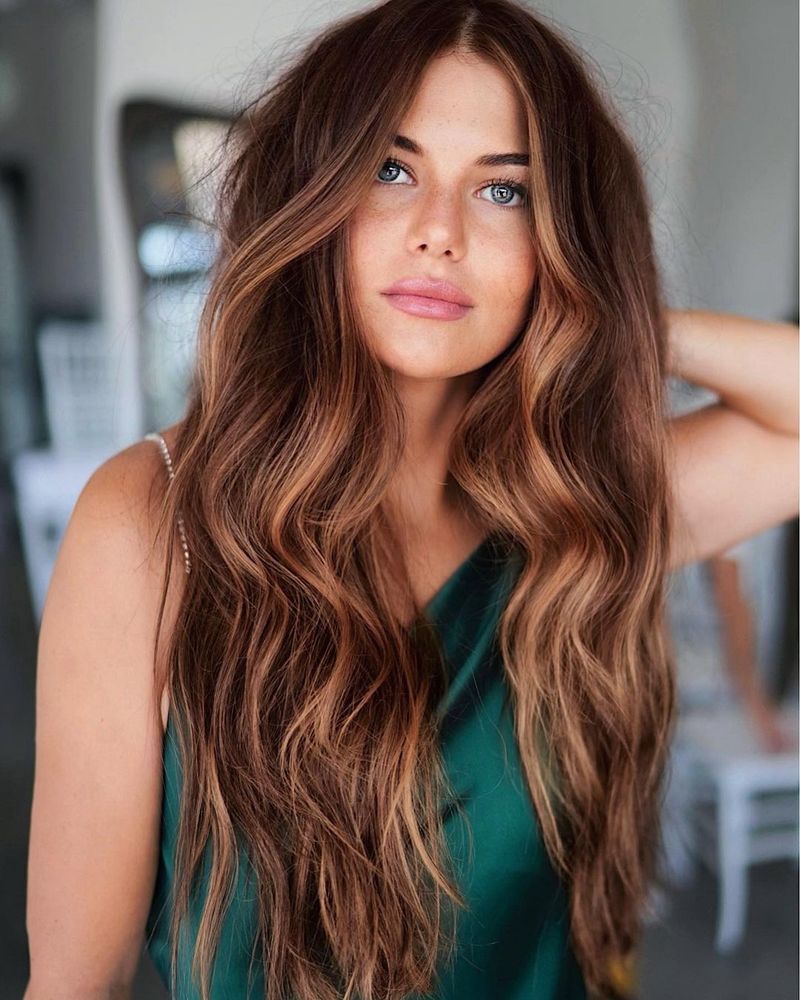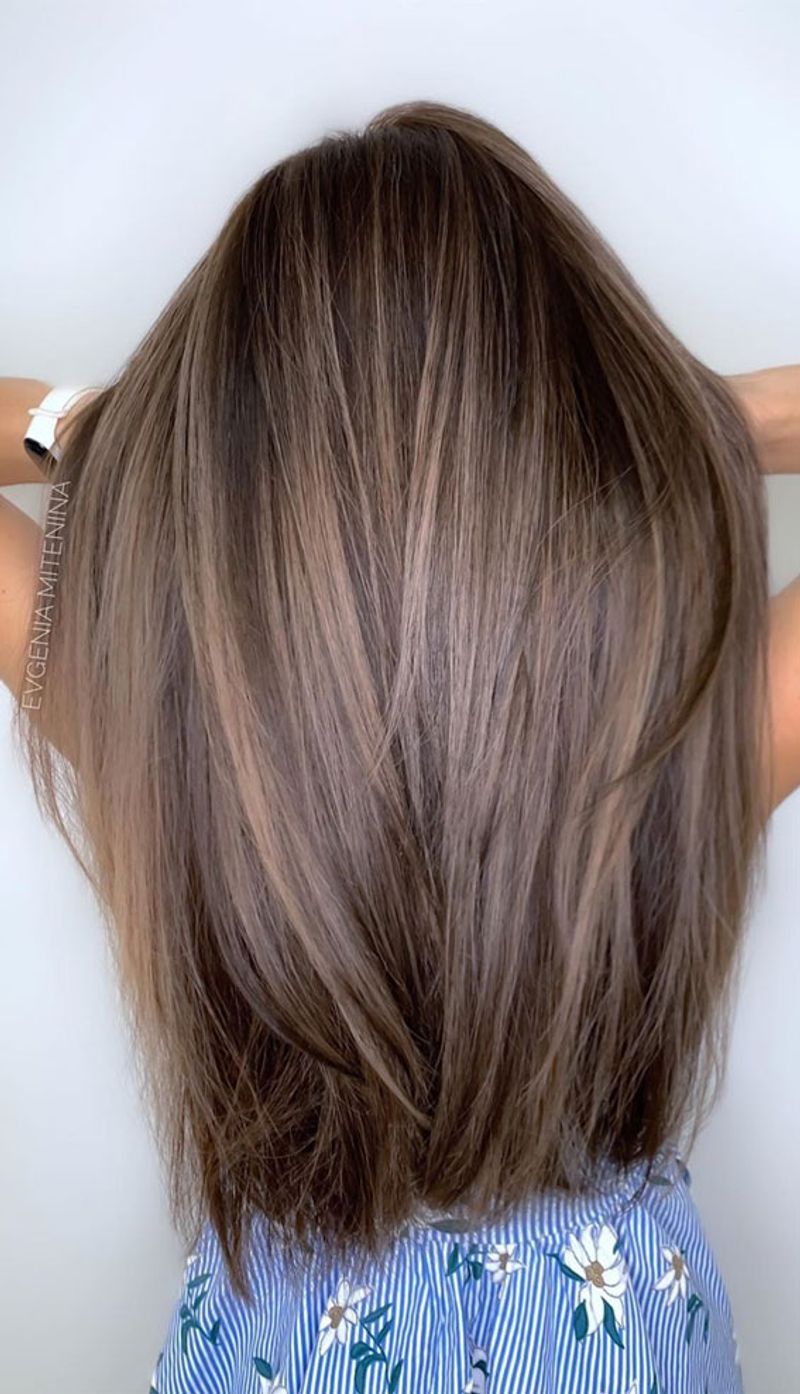Finding the perfect hair color isn’t just about following trends – it’s about enhancing your natural beauty. The right shade can make your skin glow, bring out your eyes, and boost your confidence like nothing else. These practical tips will help you navigate the colorful world of hair dye to find your perfect match.
1. Know Your Undertones First
Your skin’s undertone is the secret foundation for perfect hair color matching. Look at your wrists – blue veins suggest cool undertones, green veins indicate warm undertones, while a mix means neutral.
2. Warm Skin Loves Warm Colors
Golden, peachy skin practically begs for honey blonde, copper, or rich auburn shades. These complementary tones create harmony between your face and hair, avoiding that washed-out appearance many fear.
Related: -21 Stunning Ways to Rock Gray Hair After Ditching the Dye
3. Cool Complexions Need Cool Hues
Pink or bluish undertones pair beautifully with ash blonde, platinum, or burgundy shades. Rather than fighting your natural coloring, these complementary tones create a striking, harmonious effect everyone will notice.
4. Olive Skin’s Perfect Partners
Blessed with olive skin? Lucky you! Caramel highlights, chocolate browns, and rich espresso shades enhance your natural glow. The depth of these colors creates stunning contrast against your complexion.
5. Fair Skin? Handle With Care
Porcelain complexions can be overwhelmed by extremely dark shades. Soften the contrast with strawberry blonde, light copper, or subtle caramels instead. These gentle options enhance rather than overpower.
6. Deep Skin Tones Demand Richness
Dark chocolate, rich mahogany, and deep burgundy create stunning dimension against deeper skin tones. Add subtle highlights one or two shades lighter for incredible depth that catches the light beautifully.
7. The Eyebrow Test Never Fails
Unsure which shade family suits you? Check your natural eyebrow color! Generally, staying within two shades of this natural indicator ensures flattering results. Mother Nature already gave you a perfect hint.
8. Seasonal Changes Matter
Summer tans can temporarily shift your coloring, allowing you to pull off warmer tones. During paler winter months, you might need to adjust accordingly. Seasonal flexibility keeps your look fresh year-round.
9. Eye Color Creates Magic Pairings
Copper and auburn shades make blue eyes pop dramatically! Green eyes sparkle with rich chocolates, while hazel eyes transform with golden highlights. Your eye color offers another clue to your perfect shade.
10. Neutrals Work For Everyone
When in doubt, medium brown with subtle highlights rarely disappoints any skin tone. This universally flattering approach provides dimension without overwhelming your natural coloring. It’s your safe bet option.
11. The Photo Reference Trick
Celebrity doppelgängers can guide your color choice! Find famous faces with similar coloring to yours and bring photos to your stylist. Their professional shade adaptations already account for skin compatibility.
12. Gray Coverage Considerations
Covering grays? Choose warmer tones than your natural color to avoid harsh, artificial results. Gray hair lacks warmth, so slightly golden shades create more natural blending with your remaining pigment.
13. Dramatic Changes Require Caution
Thinking of going from brunette to blonde? Test temporary colors first or try highlights before full commitment. Drastic changes can shock not just your appearance but also how your makeup coordinates.
14. The Clothing Color Connection
Your wardrobe preferences reveal your color comfort zone! If you gravitate toward certain clothing colors, similar-toned hair colors will likely feel natural to you. Your instincts are already guiding you.
15. Consider Your Lifestyle
Low-maintenance types should avoid high-contrast colors requiring frequent root touch-ups. Subtle balayage or your natural shade with gentle highlights creates grow-out that’s practically invisible. Convenience matters too!
16. Face-Framing Pieces Make Magic
Not ready for all-over color? Try face-framing highlights instead. These strategic streaks brighten your complexion without full commitment. It’s the perfect starter approach for color newbies.
17. Trust Professional Expertise
Professional colorists train for years in color theory and skin tone matching. During consultations, they analyze factors amateurs might miss. Their expertise justifies the salon price tag for truly customized results.

